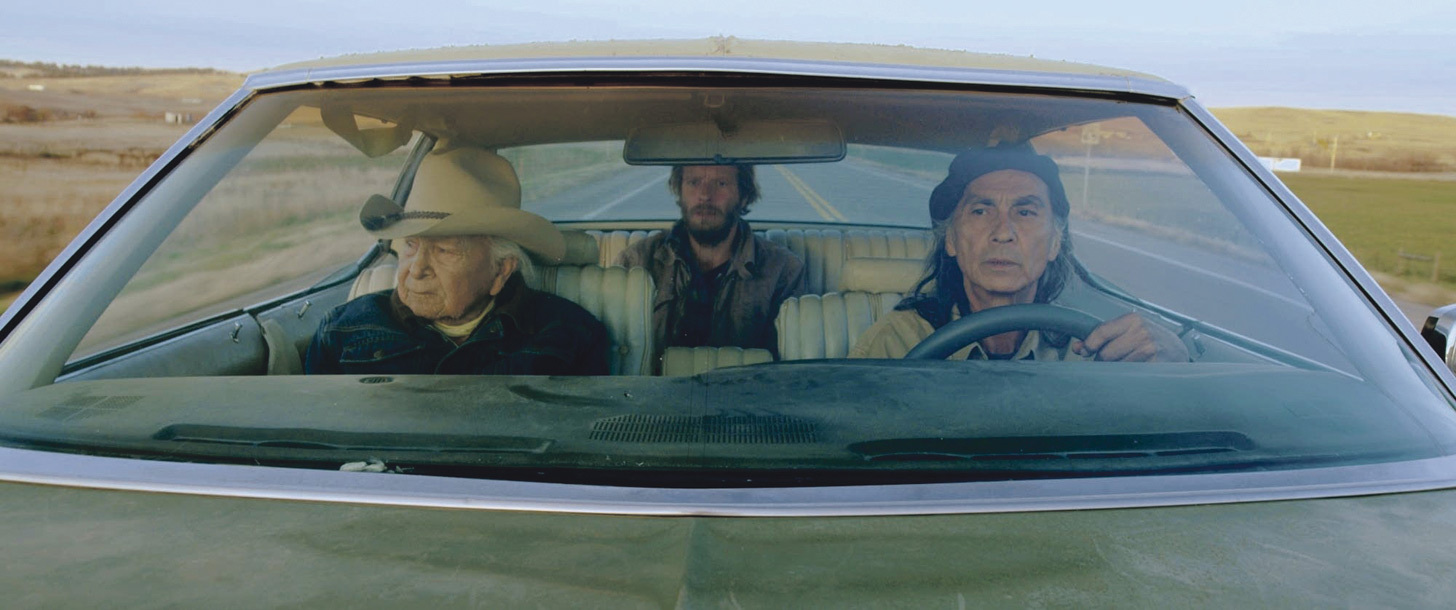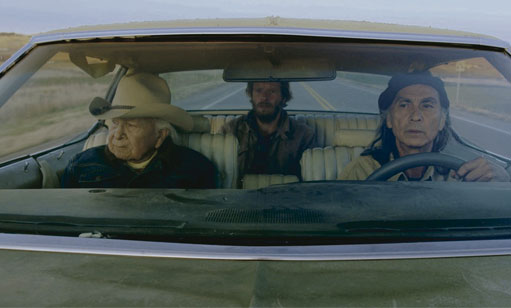Film Review: Neither Wolf Nor Dog
Roadtrip Through Lakota Country Is Slow But Sincere In Its Message


Latest Article|September 3, 2020|Free
::Making Grown Men Cry Since 1992

